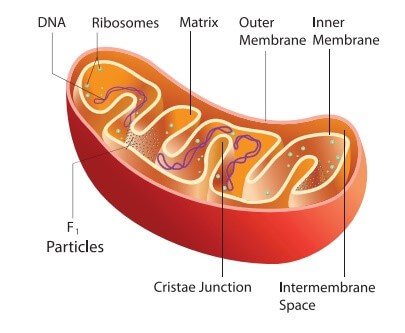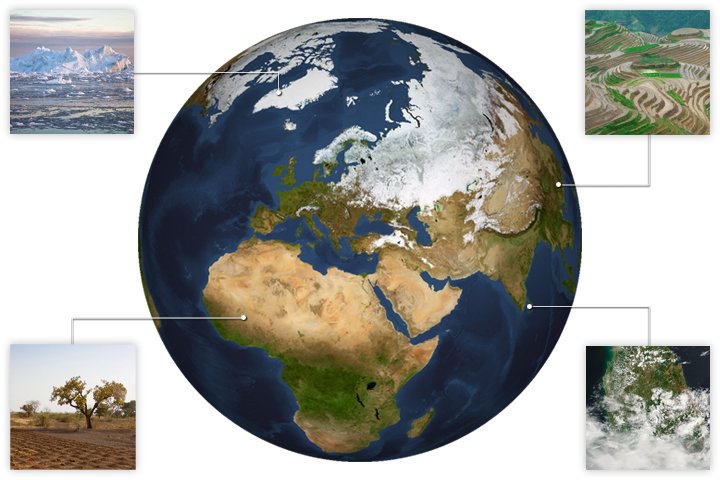What Is The Mitochondria?
The mitochondria are small, membrane-bound organelles found in the cells of most eukaryotic organisms. They are often referred to as the “powerhouses” of the cell because they are responsible for producing the majority of the cell’s energy in the form of ATP (adenosine triphosphate).
The mitochondria have a complex structure that consists of two membranes: an outer membrane and an inner membrane. The outer membrane is smooth and porous, allowing small molecules to pass through it easily. The inner membrane is highly folded and contains many proteins, including the enzymes that are involved in ATP production.
Inside the inner membrane of the mitochondria is a region called the matrix, which contains the enzymes and other molecules needed for ATP production. The matrix also contains DNA and ribosomes, which are used to produce proteins that are specific to the mitochondria.
What Is The Main Function of The Mitochondria?
The main function of the mitochondria is to produce ATP through the process of cellular respiration. In this process, oxygen and glucose are combined to produce ATP, water, and carbon dioxide. The ATP produced by the mitochondria is used by the cell to power its various activities, such as muscle contraction, nerve impulse transmission, and active transport of molecules across membranes.
In addition to their role in ATP production, the mitochondria also play a number of other important roles in the cell. For example, they are involved in the synthesis of fatty acids and cholesterol, the detoxification of drugs and environmental toxins, and the regulation of cell death (apoptosis).
Conclusion
Overall, the mitochondria are essential organelles that are responsible for producing the majority of the cell’s energy and performing a number of other important functions. They are found in the cells of most eukaryotic organisms, and their complex structure and functions make them a fascinating subject of study in the field of biology.











